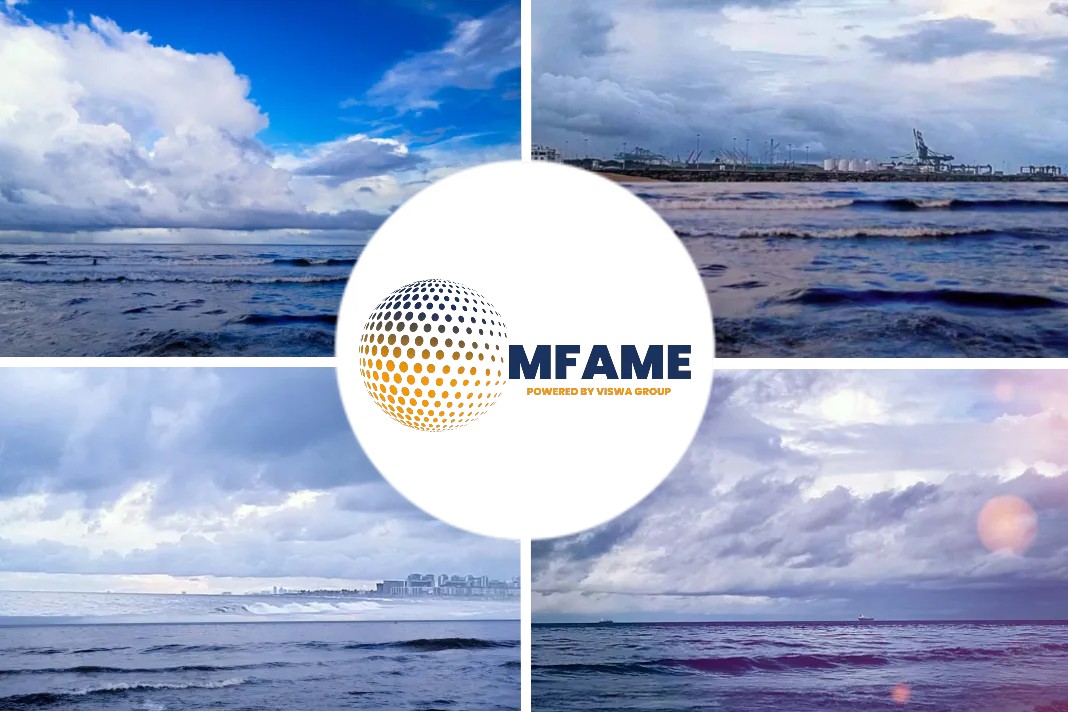Despite the benefits of this design, there are some challenges in achieving them. The most important one was the issue on determining how to connect the composite panels to the supporting steel structure.
Also a fire safety assessment in accordance with SOLAS and at the request of the ship owner was done to prove the composite design safety standards was that of a conventional steel design.
Connecting the panel
International Convention of Safety of Life at Sea (SOLAS) regulations require structural steel supports be used to ensure a deck is structurally sound. While the strength and stiffness of the panels helped minimize the amount of support steel needed, the design team was still left with the challenge of how to connect each panel to its steel framework.
Radolovic explains that the panel geometry had to be modified at connection points. The team needs to develop a connection layout that could be adjusted to have tight tolerances of +/-5 mm. The connection points ultimately were designed as a flexible bolted joint.
Deck openings are critical
Third-party inspector RISE performed two hazard identification studies, large-scale fire tests of the steel and composite deck structure, and 12 fire dynamics simulations (six for steel and six for composites).
These fire test results showed that the lash holes in the composite panel for securing the cargo – with a total of 23,000 openings on three decks – were critical in achieving crew safety.
The combination of closed lash holes and the insulating ability of the panels were proven to delay deck-to-deck fire spread, a huge boost to crew safety. “At the end, with some simple improvements implemented, equivalent safety was obtained,” Radolovic says.
Past success
Siem Cicero set sail in July 2017. For a 656-foot-long ship that is able to carry 6,900 vehicles, cutting fuel consumption by 4.5 percent is a big deal. In fact, it means an increased payload of up to 800 tons. But the design team is not ready to rest on this success. New research projects will explore pultruded FRP structures as a replacement for the sandwich panel and possibly for the steel support structure as well.
According to the shipbuilder, the Siem Cicero has the lowest fuel consumption of any car and truck carrier in its class – so far. The success of that ship has led to the use of composite materials in the SIEM Ashanti, which hit the water in early 2018.
Did you subscribe for our daily newsletter?
It’s Free! Click here to Subscribe!
Source: Composites Manufacturing Magazine























